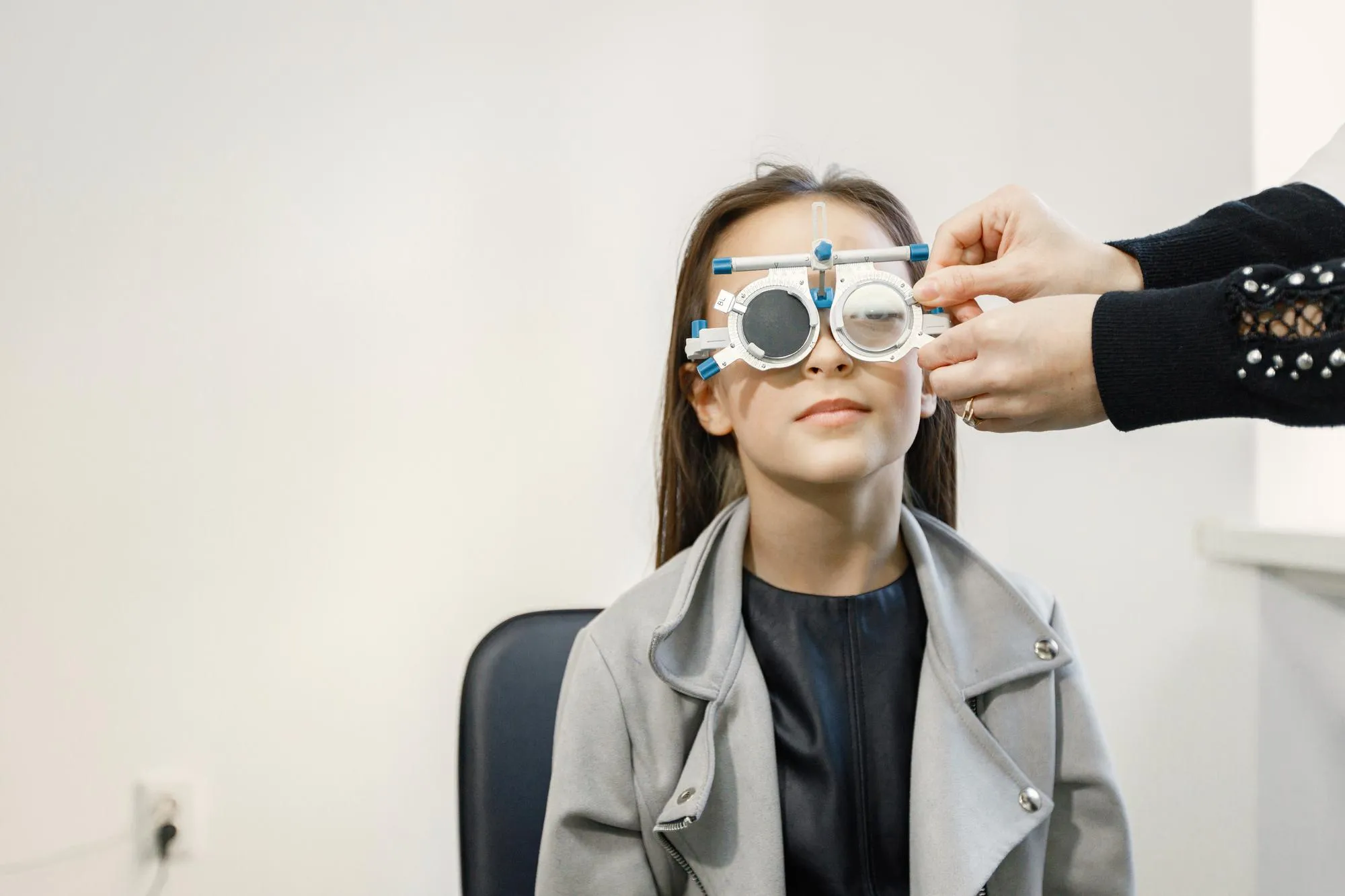In the realm of pediatric ophthalmology, the complexities of craniosynostosis—a condition characterized by the premature fusion of skull sutures—have long posed challenges for clinicians and surgeons alike. A groundbreaking study, recently published in the Journal of AAPOS, offers fresh insights into the intricate relationship between craniosynostosis-associated orbital dysmorphology and the development of strabismus, a vision disorder involving misalignment of the eyes. This intriguing research conducted by a team from Rady Children’s Hospital, affiliated with the University of California San Diego, illuminates the impact of orbital architecture on ocular alignment issues.
DOI: 10.1016/j.jaapos.2023.10.006
The Study at a Glance
Lead by Dr. Tonya C. Lee and an esteemed team of multidisciplinary specialists, the study analyzed the medical records of 15 patients with craniosynostosis and strabismus, alongside 15 control subjects, between March 2020 and January 2022. Using computed tomography scans, they meticulously examined the dimensions of the orbital entrance and the internal orbital cone of each subject. This retrospective, case-control study aimed to unravel any significant correlations between the physical parameters of patients’ orbits and the presence of strabismus.
Significant Findings
The research provided statistically significant findings that set it apart from previous studies in the domain. The team discovered that specific bony characteristics of the orbit—the orbital index (the ratio of orbital height to width) and the angle of the medial orbital wall—showed a distinct difference in patients with strabismus compared to those without. The diversity of craniofacial disorders within the study group, which included nonsyndromic craniosynostosis (63%), Crouzon syndrome (13%), Apert syndrome (13%), and Pfeiffer syndrome (10%), added depth and relevance to these associations.
Implications for Clinical Practice
This study brings forth a pivotal shift in understanding how anatomical variations associated with craniosynostosis can influence eye alignment. As clinicians encounter a subset of strabismus directly tied to orbital dysmorphology, this research highlights the necessity for a thorough assessment of the bony orbital structure in managing eye conditions in craniosynostosis patients.
Expert Insights
The research team, which included Dr. Evan Walker, Dr. Michelle A. Ting, Dr. Divya S. Bolar, Dr. Jeffrey Koning, Dr. Bobby S. Korn, Dr. Don O. Kikkawa, Dr. David Granet, Dr. Shira L. Robbins, Dr. Marianna Alperin, Dr. Elizabeth Engle, Dr. Catherine Y. Liu, and Dr. Jolene Rudell, brings a multidisciplinary lens to this problem. They collectively emphasize the significance of recognizing these anatomical nuances to tailor interventions that could range from corrective surgery to specialized eyewear or vision therapy.
Future Directions
This study paves the way for further clinical trials and larger-scale research efforts that can validate these findings across a broader patient population. The implications could be far-reaching, not only for the treatment and management of strabismus but also in pre-empting the condition in infants diagnosed with craniosynostosis.
Conclusion
The insightful work of Dr. Tonya C. Lee and her colleagues offers a pivotal step forward in pediatric ophthalmology. By exploring the role of the bony orbit in strabismus development, this study urges the clinical community to consider the underlying structures that contribute to ocular misalignments, thus opening doors to more accurate diagnosis and personalized treatments for affected children.
References
1. Lee, T. C., Walker, E., Ting, M. A., et al. (2024). The influence of orbital architecture on strabismus in craniosynostosis. Journal of AAPOS: the official publication of the American Association for Pediatric Ophthalmology and Strabismus, S1091-8531(24)00013-2. https://doi.org/10.1016/j.jaapos.2023.10.006
2. Kikkawa, D. O., Korn, B. S., Granet, D., et al. (2017). Strabismus surgery for patients with craniosynostosis: A multicenter study from the American Society of Ophthalmic Plastic and Reconstructive Surgery. Ophthalmic Plastic and Reconstructive Surgery, 33(4), 243-249.
3. Engle, E. C. (2010). Genetic bases of congenital cranial dysinnervation disorders. Current Opinion in Neurology, 23(1), 43-49.
4. Robbins, S. L., & Granet, D. B. (2021). Orbital imaging in pediatric ophthalmology and strabismus. Journal of AAPOS, 25(2), 61-68.
5. Alperin, M., Bagci, P., & Lee, S. H. (2019). Imaging evaluation of pediatric craniosynostosis. Neuroradiology, 61(2), 115-126.
Keywords
1. Craniosynostosis and Strabismus
2. Pediatric Ophthalmology Research
3. Orbital Dysmorphology Study
4. Eye Misalignment Issues
5. Children’s Vision Disorders
